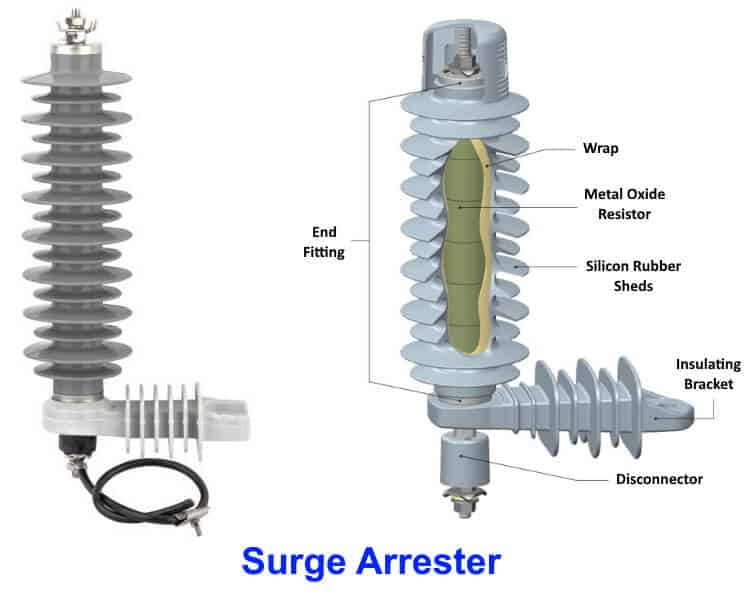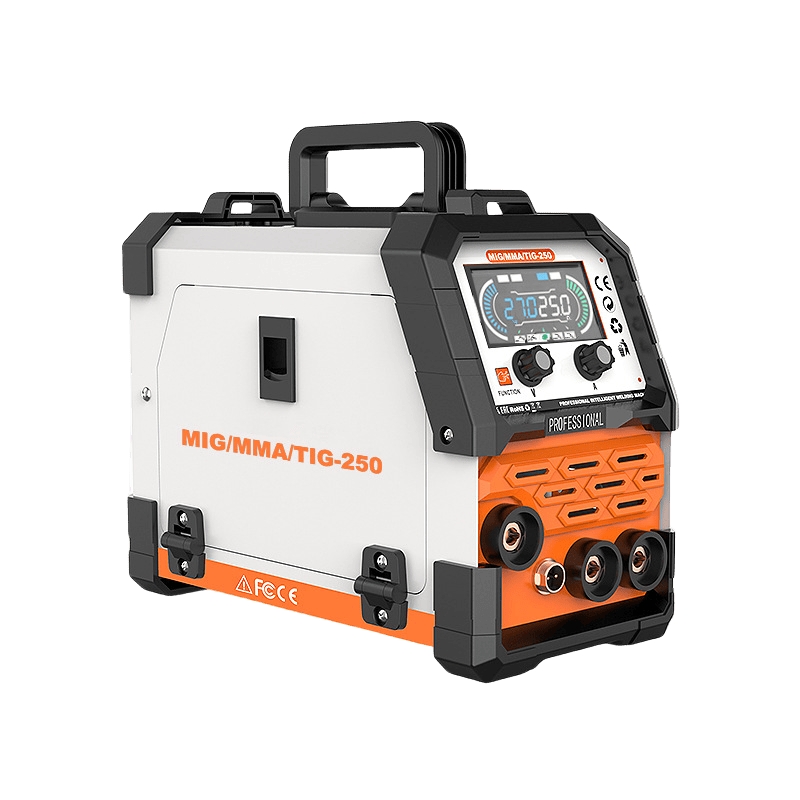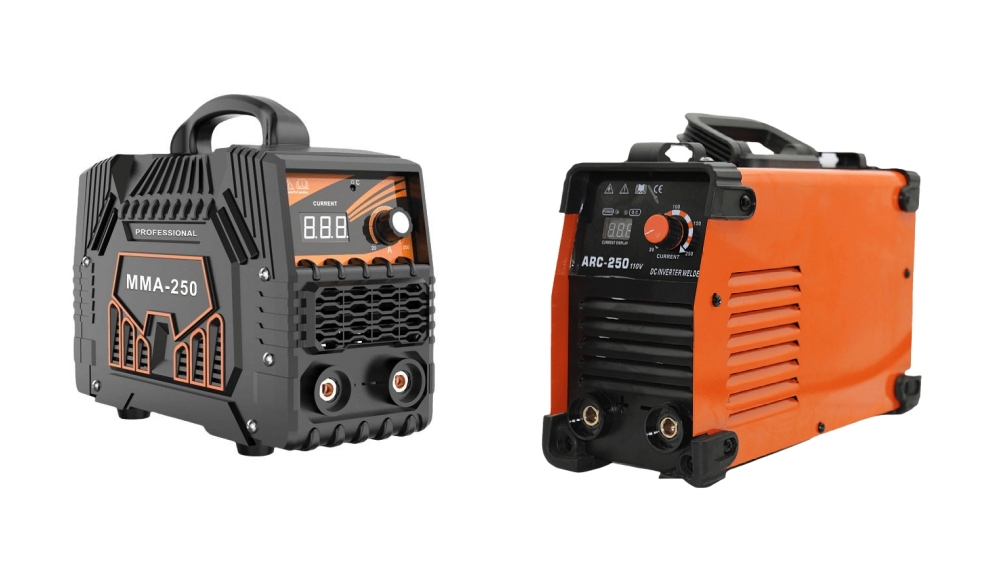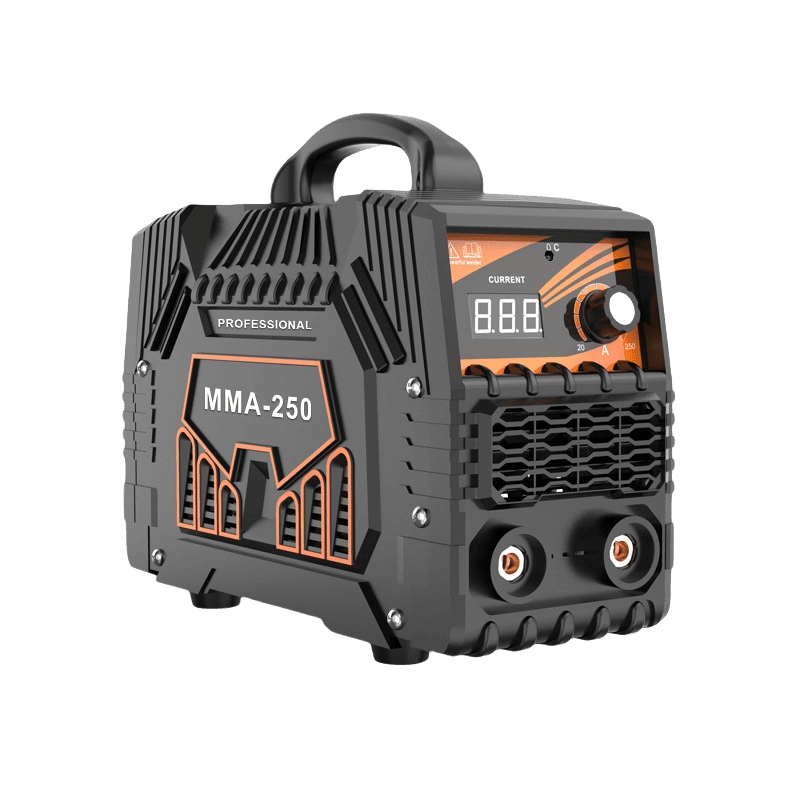In today’s highly interconnected world, the protection of electrical and electronic equipment from sudden power surges is more critical than ever. Among the various devices designed to safeguard our electrical systems, the lightning surge arrester stands out as a vital component. This blog will explore what lightning surge arresters are, how they work, and why they are essential for maintaining the integrity of modern electrical infrastructure.

What is a Lightning Surge Arrester?
A lightning surge arrester, also known as a lightning arrester or surge protection device (SPD), is an electrical device used to protect power systems from damage caused by lightning-induced surges. These surges can occur due to direct lightning strikes or from electromagnetic pulses resulting from lightning hitting nearby structures. The primary function of a surge arrester is to divert the excessive voltage away from sensitive equipment, thereby preventing electrical failures and potential damage.

How Does a Lightning Surge Arrester Work?
Lightning surge arresters operate on a simple but effective principle. They are typically connected between a power line and the ground. When a surge of voltage, caused by lightning or other transient events, exceeds the normal operating voltage of the system, the arrester conducts the excess energy away from the power line and safely dissipates it into the ground. This process involves several key components:
- Non-linear Resistors: Often made of materials like metal oxide varistors (MOVs), these resistors have the unique ability to change their resistance with the voltage. Under normal conditions, they exhibit high resistance, but when a surge occurs, their resistance drops dramatically, allowing the surge to pass through to the ground.
- Spark Gaps: These are another critical component found in some surge arresters. A spark gap is a space between two conductive elements. Under high voltage conditions, an electric arc forms across the gap, providing a path for the surge to follow.
- Grounding System: A robust grounding system is essential to effectively dissipate the surge energy into the earth. Without proper grounding, the surge arrester cannot perform its protective function effectively.
Types of Lightning Surge Arresters
There are several types of lightning surge arresters designed for different applications:
- Station Class Arresters: These are used in substations and large power transformers. They provide high levels of protection and are designed to handle significant energy surges.
- Intermediate Class Arresters: Suitable for medium voltage applications, such as distribution transformers and industrial facilities.
- Distribution Class Arresters: Used for lower voltage applications, typically in residential and small commercial buildings.
- Secondary Arresters: These are designed for consumer-level protection, safeguarding individual appliances and electronics within homes and offices.
Importance of Lightning Surge Arresters
The role of lightning surge arresters cannot be overstated. Here are some key reasons why they are essential:
- Protection of Equipment: By diverting surges away from sensitive electronic devices and systems, surge arresters prevent costly damage and downtime.
- Safety: High voltage surges can pose severe safety risks, including fire hazards. Surge arresters help mitigate these risks, ensuring the safety of both people and property.
- System Reliability: Electrical systems protected by surge arresters are less likely to experience interruptions or failures, ensuring consistent and reliable power delivery.
- Cost Savings: Investing in surge arresters can save significant costs associated with equipment repair, replacement, and operational downtime due to surge-related damages.
Installation and Maintenance
Proper installation and maintenance are crucial for the effective operation of lightning surge arresters. Here are some best practices:
- Correct Sizing: Ensure the arrester is appropriately rated for the specific voltage level and type of application it will protect.
- Proper Grounding: The grounding system must be thoroughly designed and maintained to ensure efficient surge dissipation.
- Regular Inspections: Periodic inspections and maintenance checks help detect and rectify any potential issues before they lead to failures.
- Professional Installation: Always have surge arresters installed by qualified professionals to ensure compliance with industry standards and optimal performance.
Conclusion
Lightning surge arresters are a crucial element in protecting our electrical infrastructure from the unpredictable and potentially devastating effects of lightning strikes and other transient surges. By understanding their function, types, and the importance of proper installation and maintenance, we can better safeguard our systems, ensuring longevity, safety, and uninterrupted service. Whether for a large power substation or a small residential home, the right surge protection is an investment that pays off by preventing damage and ensuring the smooth operation of our electrical devices and systems.





